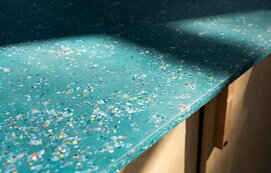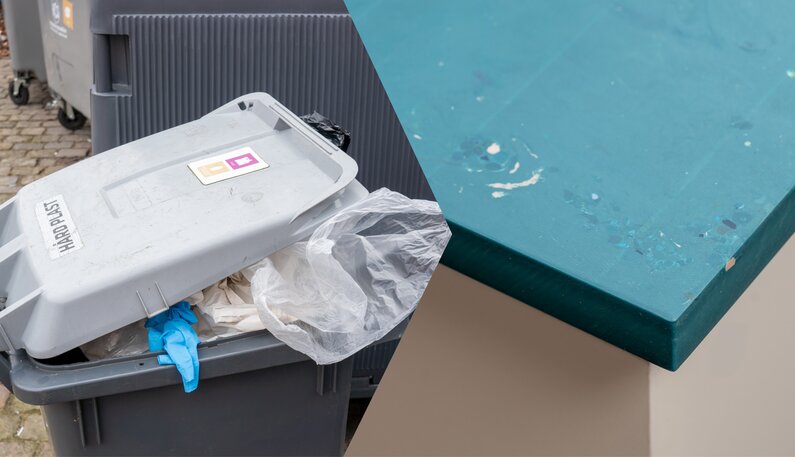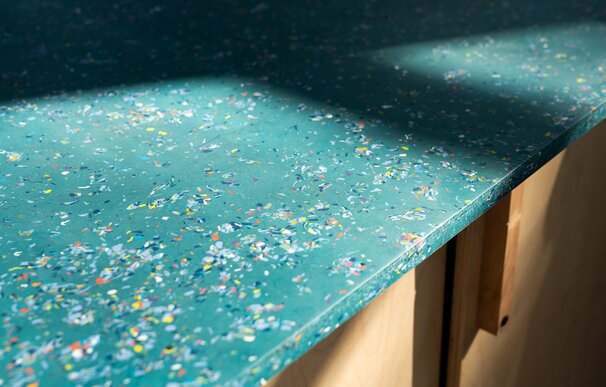Marø
Plastic table top
Marø
Plastic table top
Marø is a plastic board with four different variants made from post consumer & industrial waste plastics. It is a universal board that can be used for many things such as kitchen counter tops, desks, shelving, cafe/restaurant tables etc.
Marø is a plastic board with four different variants made from post consumer & industrial waste plastics. It is a universal board that can be used for many things such as kitchen counter tops, desks, shelving, cafe/restaurant tables etc.
Variant: CB green
Quantity: pcs
Your environmental impact:
36.40 kgwaste saved
27.60 kgCO₂e footprint*
*Based on internal calculations. Including phases A1-A3
Product | Post consumer & Danish medical waste board
|
Material | 100% PP |
Application | Tabletops & special inventory |
Source | Post consumer waste & Danish medical waste |
Max length | 2000 mm |
Max width | 1000 mm |
Thickness | 19 mm |
Heat resistance | 150 degrees |
Made in | Denmark |
From post consumer plastic waste to tabletops
See more in sustainability


"I am made from post consumer & industrial plastic waste turned into boards"


Project reference / a:gain showroom

Project reference / a:gain showroom



Explore more application uses